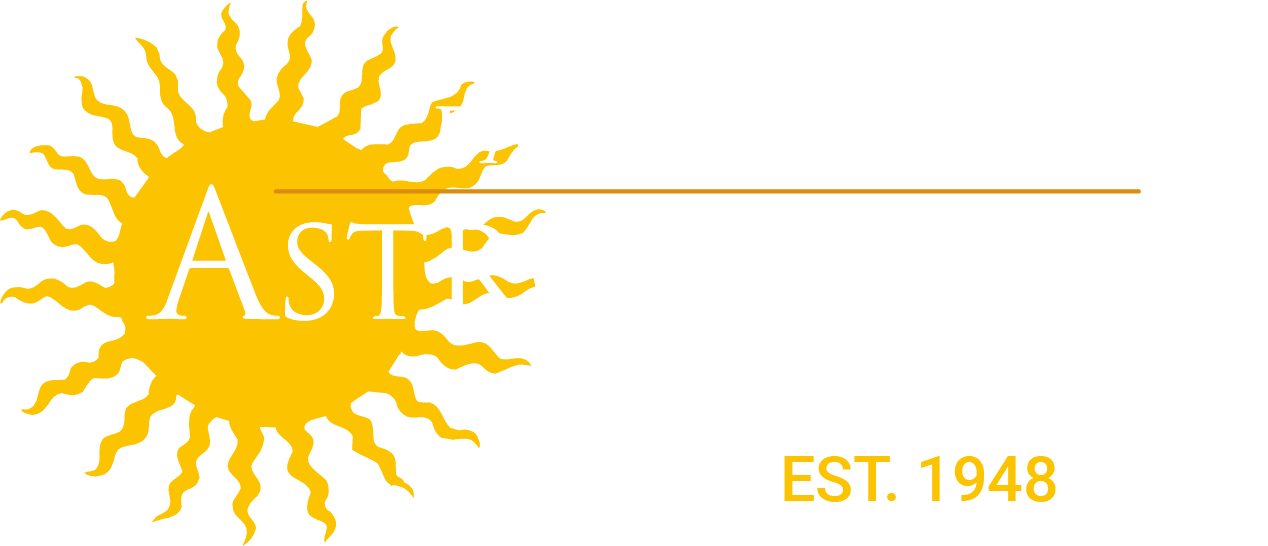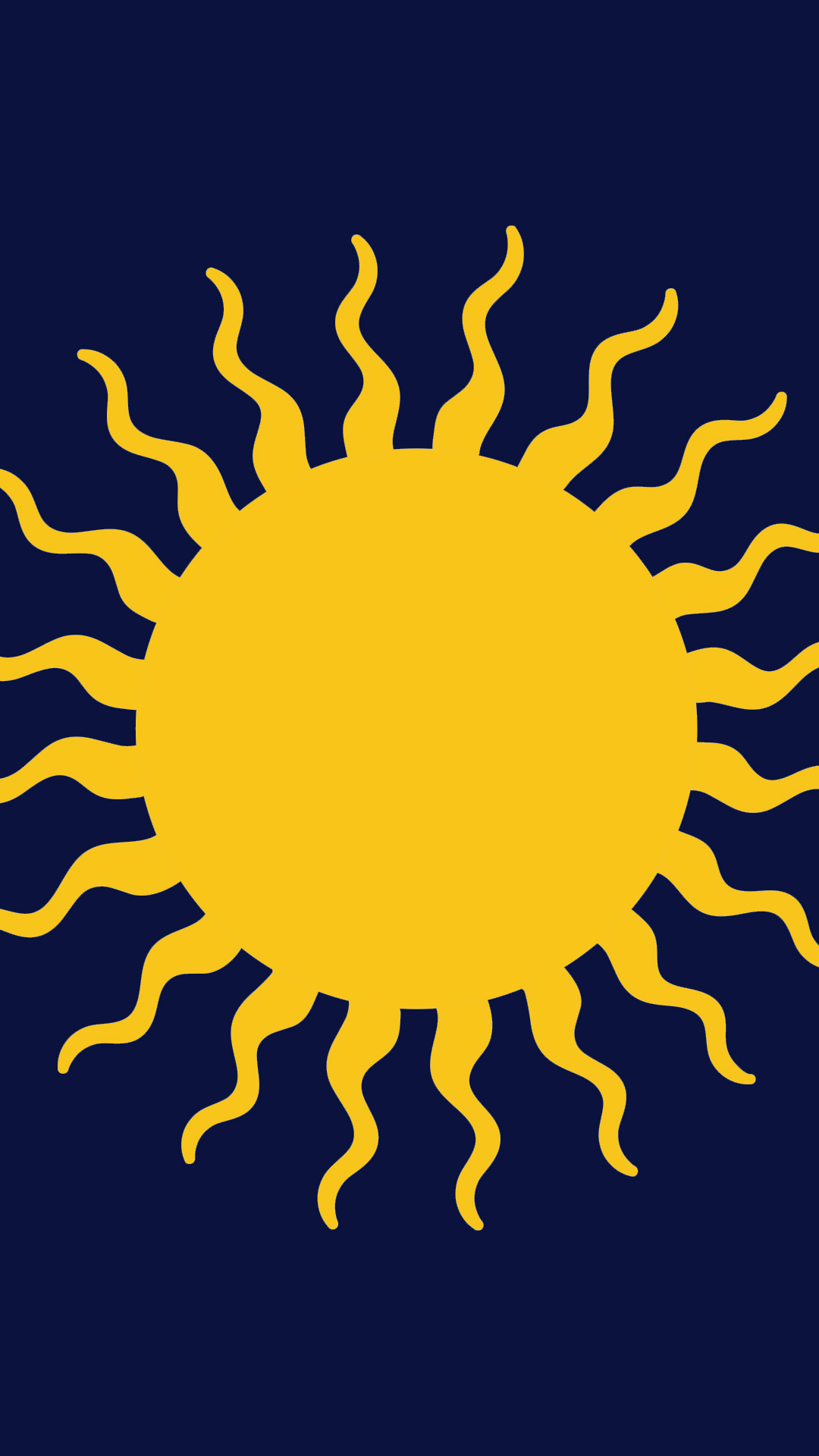Time present and time past
Are both perhaps present in time future,
And time future contained in time past.
If all time is eternally present
All time is unredeemable[i]
– T.S. Eliot
From an outer perspective time is experienced in a linear fashion, moving from the present into the future, having come from the past into the present; perhaps, as Eliot muses, it is somehow blended together over time. There are many ways of thinking about time; for instance the ancient Greeks used chronos and kairos to signify its objective and subjective nature. Simply put, chronos is clock time, linear time or time that is measurable. Kairos refers to the right moment; however this time is not determined by the ego or intellect but something else. These two concepts embody the quantitative and qualitative nature of time and its literal and fictional qualities. As astrologers we are constantly work with both, investing the literal planetary cycles with meaning, using chronos timing to become aware of the kairos moments of life.
When considering family and ancestry we are faced with stories and images that have developed over generations. Time has become invested with memories, emotions, traumas, opinions, sentiments; its nature is no longer linear. Astrological symbols also contain the family past that has become mythologised over the generations. Therefore while the symbol might indicate a certain potentiality, this may no longer be characteristic of its present expression due to the weight of the family shadow. For instance a young man with a Neptune-Sun conjunction who had a noticeable gift for music was never allowed to play a musical instrument because music was not seen as a viable career option for men in his family.
Our craft teaches us how to literally read the chart for character, events, patterns and themes; however it is important that we are also able to listen and respond to the cyclical and repetitive motifs over time. By doing so, we remain true to the astrological statements but we also allow the personal and subjective understanding to arise. In this way we experience the astrological symbols of our chart as multi-layered and historied, shaped by our membership in the matrix of the family.
In this section of the module we will explore some techniques and approaches to amplify ways of thinking about the family through time. In turn, hopefully this will deepen the astrological symbols and give us a richer understanding of kairos time. On a personal level we anticipate that this will also bring further reflection on your family of origin and its impact upon your development while deepening the understanding of your own horoscope.
We begin by addressing the concept of the family life cycle. While we are aware of our own individual life cycle from birth through childhood, adolescence, adulthood, mid-life, old age and to death, family therapy also addresses the notion of the family life cycle. Theoretically we might begin the life cycle at any stage but consensus suggests we begin at the engagement or commitment of the adult couple. This is the time when each individual moves away from their family of origin into their family of choice and a new cycle begins. We will examine these stages in family life to appreciate how astrological cycles echo throughout all generations of the family. This will allow us to review the astrological transits in terms of the life cycle and we will observe this using the 12-year rounds of Jupiter, as this cycle corresponds to these developmental stages. The concept of family time will also be introduced which illustrates the repetition of timing throughout generations.
One of the techniques developed for working with families is the genogram. Since there is so much information generated when researching the family, the genogram helps to analyse and focus the important information. As you start to work with your family’s charts you will be generating many horoscopes. If you decide to make some progressed charts, composite charts, wedding or death charts you will be inundated with so much information it will be important to find a way to systemise the data. While you will find your own way of classifying the astrological information, the genogram will be helpful in organising the family system through generations. Once you have the concept of creating a genogram, your task will be to construct your own. Therefore we encourage students to set up their own journal or notebook solely dedicated to the collection of family data, whether that is horoscopes, pictures, letters, stories etc. This notebook will also contain your reflections and insights into your family dynamics.
In Article 2.4: Family Passages we will contemplate some of life’s chapters, thinking about what might happen on all levels of the family at these times. While there are many passages to explore, we will look at these transitional times in family life: birth, childhood, adolescence, leaving home, mid-life and beyond, and finally death. Each marks a turning point and a significant developmental phase in family life. As astrologers this will help us become aware of the trans-generational nature of cycles and progressions and how our development parallels that of the family.
Family patterns, as we have been exploring, are already inborn. Therefore these images will also be embedded in our horoscopes and what we might refer to as fate, since we seem to have no conscious choice about what we have inherited. We will turn to consider Fate and the Family in Article 2.5. This article will be in two parts. The first part will explore the transmission of patterns through the family atmosphere, examining birth order and themes of family dysfunction such as boundaries, narcissistic parenting, abandonment, family secrets, unexpressed anger, neglect and abuse as well as voids in the family. The second part will investigate how patterns or fate may be perceived through family horoscopes. Some ways of observing repetitive patterns in family horoscopes will be through signs and sign polarities, degrees of the zodiac, planetary aspects, angular planets as well as planetary themes.
Finally we will end this module with Article 2.6: A Family Portrait, likening the horoscope to a family portrait. In other words all family members are pictured in our horoscopes whether we are able to see them or not. I have used the example of Sigmund Freud to draw out some themes. I have endeavoured to show how some family themes resonate with images from his horoscope and how these were consistent with his personality and his psychological theories. What is apparent is how confined we often feel when trying to express the complexity of the horoscope through language. The astrological symbols and images are so much greater, more mysterious and profound than the language used to express them. But as astrologers we marvel at their truth.
Throughout the module we have suggested some exercises and assignments to encourage your understanding and perception of your family inheritance. We hope that utilising the information in this module and combining your horoscope with that of your family will allow you to expand your awareness of both the horoscope and yourself.
There are many excellent books on the family, family psychology and therapy, and the stages of the family life cycle. Therefore following is only a very brief list of books that I have found helpful for a variety of reasons. We would also encourage you to revisit your favourite books that concentrate on the family and its development.
Bibliography and Recommended Reading
Bowlby, John. A Secure Base, Harper Collins (London: 1988)
Crago, Hugh. A Circle Unbroken, Allen & Unwin (St. Leonards, NSW: 1999)
McGoldrick, Monica. The Genogram Journey, Reconnecting with your Family, W.W. Norton and Co. (New York, NY: 2011)
O’Connor, Peter. Facing the Fifties, Allen & Unwin (Sydney: 2000)
Scarf, Maggie. Intimate Worlds, Ballantine Books (New York, NY: 1995)
Stein, Murray. In Midlife, Spring Publications (Dallas, TX: 1983)
Winnicott, D.W. Home is Where we start From, W.W. Norton & Company (New York: 1990)
References
Secrets in Families and Family Therapy, edited by Evan Imber-Black, W.W. Norton & Company (New York: 1993)
The Changing Family Life Cycle, edited by Betty Carter and Monica McGoldrick, Allyn and Bacon (Needham Heights, MA: 1989)
_____________________________________________
[i] Burnt Norton, lines 1 -5 from T.S. Eliot’s Four Quartets,



